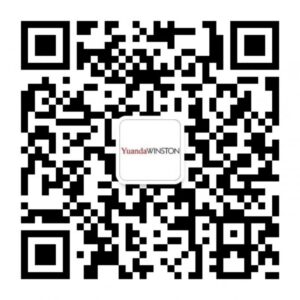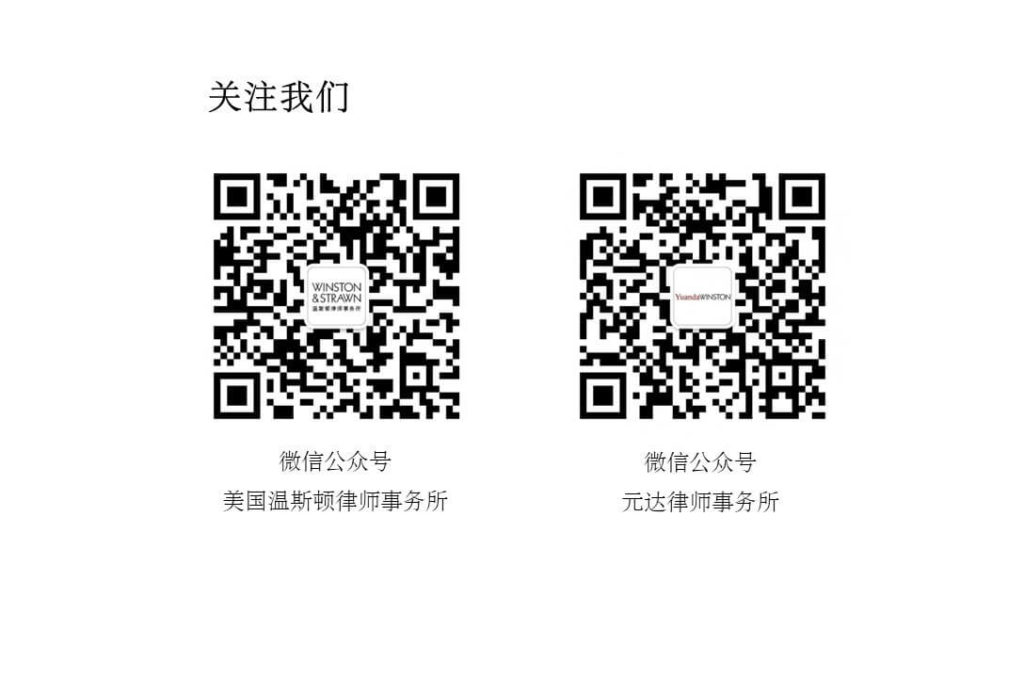| Investor Suitability |
Hong Kong: The subscription and trading of a SPAC’s securities will be restricted to professional investors (PI) only. At its initial offering, a SPAC must distribute each of its shares and its warrants to a minimum of 75 PIs, of which 30 must be institutional PIs. The trading of the shares of the new combined company after the de-SPAC transaction (the Successor Company) is open to all investor types.[1]
In the United States, retail investors may be able to purchase a SPAC’s securities in the offering. |
| Assessment of SPAC Promoter |
Hong Kong: The HKEX will favor SPAC promoters that demonstrate they have experience:
- managing assets with an average collective value of at least HK$8 billion over a continuous period of at least three financial years; or
- holding a senior executive position at an issuer that is, or has been, a constituent of the Hang Seng Index or an equivalent flagship index.
The SPAC promoter must also hold a Type 6 (advising on corporate finance) and/or a Type 9 (asset management) license issued by the Securities and Futures Commission (SFC) and must hold at least 10% of the promoter shares. In the United States, rules of the New York Stock Exchange (NYSE) state that the NYSE may consider, among other factors, the experience and/or track record of the SPAC promoter when assessing the suitability for the listing of a SPAC. However, there are no specified qualifications for SPAC promoters in the United States.
In the United States, rules of the New York Stock Exchange (NYSE) state that the NYSE may consider, among other factors, the experience and/or track record of the SPAC promoter when assessing the suitability for the listing of a SPAC. However, there are no specified qualifications for SPAC promoters in the United States. |
| Independent Third-Party Investment |
Hong Kong: Outside independent PIPE investment should constitute at least 25% of the expected market capitalization of the Successor Company. Where the Successor Company has an expected market capitalization of over HKD1.5 billion, a lower percentage of between 15% and 25% may be permitted.[2] At least one independent PIPE investor should be an asset management firm with assets under management of at least HKD1 billion or a fund with a fund size of at least HKD1 billion.[3]
In the United States, there is no requirement to obtain PIPE investments of any particular size, although as a matter of business practice, PIPE financings are common to validate the proposed enterprise value of a target.[4] |
| Funds Held in Trust |
Hong Kong: 100% of the gross proceeds of a SPAC’s initial offering, excluding proceeds raised from the issue of promoter shares and promoter warrants, must be held in a ring-fenced trust account located in Hong Kong and operated by a trustee/custodian whose qualifications and obligations are consistent with the requirements set out in Chapter 4 of the Code on Unit Trust and Mutual Funds.
In the United States, all net SPAC IPO proceeds are required to be held in a trust account held by an insured depository institution. |
| Minimum Market Capitalization |
Hong Kong: SPACs are exempt from market capitalization requirements and should be assessed on the amount of the funds to be raised, which is proposed to be HKD1 billion.[5]
In the United States, there is no minimum fund-raising size but for listing purposes, a SPAC is required to have a minimum market capitalization of USD40 million (HKD311.5 million) on the Nasdaq (Global Market) and USD15 million (HKD117 million) on the NYSE. |
| Deadlines |
Hong Kong: A SPAC must publish the de-SPAC announcement within 24 months of the date of its listing, subject to an extension of up to six months upon request in certain circumstances.[6]
A de-SPAC transaction must be completed within 36 months of the date of the listing of the SPAC,[7]subject to an extension of up to six months upon request in certain circumstances.[8]
The U.S. rules generally stipulate that a SPAC must consummate a de-SPAC, or business combination, transaction within 36 months of its IPO without further extension. However, many U.S.-listed SPACs voluntarily set a shorter deadline of 24 months or less. |
| Eligibility of De-SPAC Targets |
Hong Kong: An “Investment Company” as defined under Chapter 21 of the Listing Rules would not be an eligible de-SPAC target. In the United States, there are no restrictions on the types of companies that may be de-SPAC targets, as long as the target meets the relevant new listing requirements.[9]
In the United States, there are no restrictions on the types of companies that may be de-SPAC targets, as long as the target meets the relevant new listing requirements. |
| Size of the De-SPAC Target |
Hong Kong: A de-SPAC target must have a fair market value of at least 80% of the funds raised by the SPAC from its initial offering (prior to any redemptions), to ensure that de-SPAC targets are businesses with sufficient substance to justify a listing.[10]
In the United States, the de-SPAC target is required to be at least 80% of the proceeds held in trust. |
| Listing Requirements |
Hong Kong: The Successor Company will need to meet all new listing requirements, including IPO sponsor engagement to conduct due diligence, minimum market capitalization requirements and financial eligibility tests, as well as all applicable rules regarding notifiable transactions and reverse takeovers.[11]
The NYSE requires that the Successor Company meet the minimum share price, market capitalization and the public float requirements. Full initial listing requirements are applied if the de-SPAC transaction is determined to be a “back door listing.” For Nasdaq, the Successor Company must meet the full initial listing requirements applicable to its market segment. Nevertheless, the SEC review process for the de-SPAC transaction is faster than that for a traditional IPO. |
| Dilution Cap |
Hong Kong: Promoter shares are capped at no more than 20% of a SPAC’s outstanding shares at the closing of its IPO.[12]
In the United States, there is no cap on the dilution to the value of a SPAC investor’s shareholdings resulting from the conversion of the promoter shares and the exercise of SPAC warrants and promoter warrants, although it is often structured as 20% of the SPAC IPO shares.[13] Therefore, dilution for shareholders from the conversion of sponsor shares and warrants can be a problem in U.S.-listed SPACs. |
| Shareholder Vote on De-SPAC Transactions |
Hong Kong: A de-SPAC transaction requires approval by the SPAC’s shareholders at a general meeting. Such shareholders exclude the SPAC promoter and associates, and any other shareholder and associates with a material interest in the transaction.[14]
SPAC promoters are generally allowed to vote in the United States.[15] |
| Open Market Requirements |
Hong Kong: The Successor Company must ensure a minimum public float of 25% and an adequate spread of holders of its shares of at least 100 shareholders.[16]
The NYSE requires 400 “round lot” holders with 1.1 million publicly held shares for each listing. As for a Nasdaq listing, there should be at least 400 “round lot” holders but there is no public float requirement. |
| Warrants |
Hong Kong: There should be separate trading of SPAC shares and SPAC warrants from the initial offering date. Warrants must expire not less than one and not more than five years from the date of completion of a de-SPAC transaction and can only be exercisable after the completion of a de-SPAC transaction.[17]
In the United States, warrants typically expire five years after the completion of the de-SPAC transaction or on the date of redemption by the SPAC and are exercisable on the later of 30 days after the completion of the de-SPAC transaction or 12 months from the date of the initial offering. |
| Redemption Option |
Hong Kong: Prior to the completion date of the de-SPAC transaction, holders of SPAC shares are given the opportunity to elect to redeem their shares at the price at which they were issued in the SPAC’s initial offering, plus accrued interest.[18]
SPAC shareholders should only be able to redeem SPAC shares if they vote against (a) a material change in the SPAC promoter managing a SPAC or the eligibility and/or suitability of a SPAC promoter; (b) a de-SPAC transaction; and (c) a proposal to extend the de-SPAC announcement deadline or the de-SPAC transaction deadline.[19]
In the United States, SPAC investors have the right to redeem their shares regardless of whether they vote in favor of or against the de-SPAC transaction. |
| De-Listing and Liquidation |
Hong Kong: HKEX will suspend the trading of a SPAC’s securities in the event a SPAC fails to:
- complete a de-SPAC transaction within the deadlines that apply; or
- obtain the requisite shareholder approval for a material change in the SPAC promoters within one month of the material change.
The SPAC must, within one month of such suspension, return to its shareholders (excluding holders of the promoter shares), on a pro rata basis, 100% of the funds it raised at its initial offering, at the price at which its shares were issued, plus accrued interest. The SPAC must liquidate thereafter. |




